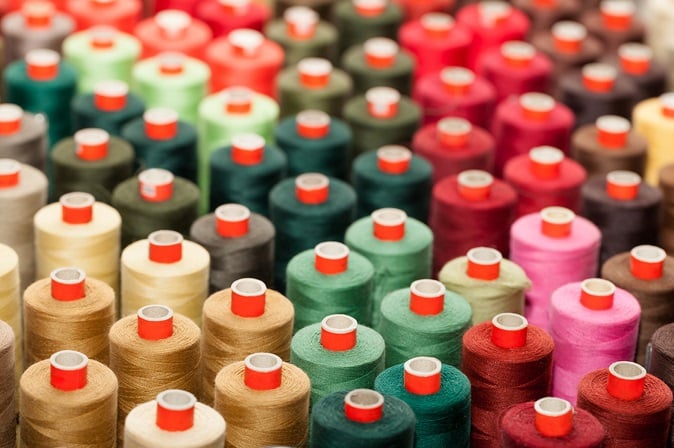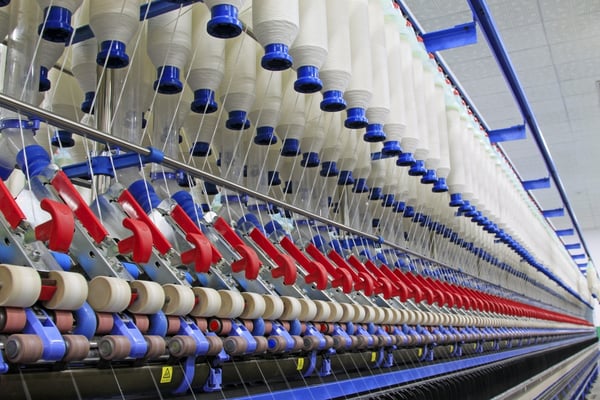When it comes to the textile and garment industry, Asia reigns atop a throne of spun yarn and dyed cotton. China is the forerunner in production dominance, while India is on the way to becoming a textile manufacturing powerhouse.
The trouble is, the excessive water consumption and subsequent water pollution of the dyeing process is contributing heavily to Asia's already-serious pollution levels. Lately, the global spotlight has been set on the air pollution crisis, but the concentration of high-volume textile plants in China and India poses a less-visible, yet equally serious threat to surrounding soil and nearby water repositories.
The dyeing process involves a wide range of toxic chemicals that are used to incite reactions or that are used in the dye itself, such as sulfuric acid and chromium. The variability of clothing trends, patterns and styles means that there is an ever-changing array of chemicals used in pursuit of garment novelty. This plays into why toxic elements of production are still the textile industry standard - because so many different chemicals have become indispensable to the process. In India, there is pressure on companies to start reusing the excess pollutants that are ending up the Panchanga river, one of the most important rivers in the Maharashtra state.
The current textile industry uses up to 9 trillion liters of water annually, as the common dyeing method uses a 30:1 water-to-dye ratio. With India looking to overtake China in terms of population growth over the next 10 years, water scarcity is an issue that needs attention now. Addressing the 30:1 ratio is the primary focus of those in the textile field that are looking to revamp how the industry runs. The key to reducing water consumption and toxic waste lies in the way the factories are set up to work. Because of the large variety of fabrics produced, there isn't one eco-friendly machine that can be developed to replace the many types of old, wasteful ones.
There are those who are trying something new, however. US firms ColorZen and Airdye have implemented creative ways to reduce the water usage of the dyeing process, while also reducing the usage of toxic chemicals. ColorZen's process involves modifying the molecular structure of cotton to allow for easier dye absorption, a huge part of the process that normally requires the aforementioned mass quantities of water. This method uses 90% less water and 75% less energy than the standard dyeing process. Airdye's technique focuses on using air to distribute dye across and within the fabric, as opposed to just having it applied on the fabric surface. This actually allows for a superior product, as the garment color lasts through more washes.
Waterless dye is a ways off from being the world standard - but through technology and creative application, we can at least get a glimpse of how the textile production giants of the world can proceed in terms of more efficient, future-friendly methods.
For more info on alternative dyeing methods, check out: http://www.colorzen.com and http://www.airdyesolutions.com





